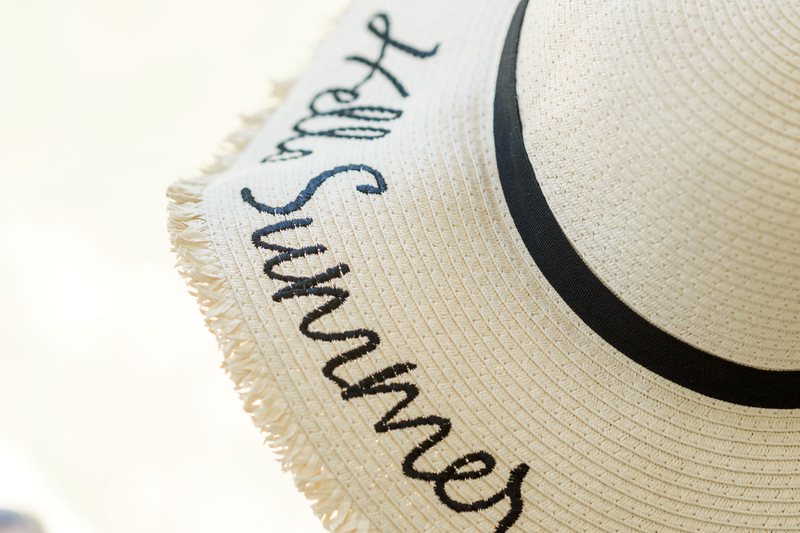A Stitch In Time
Perhaps you’ve been sewing for a while now, but are stuck using the same stitch over and over. While there are many tips and techniques we could share, knowing these four types of sewing stitches to master seems to be a great place to start! Yes, there are tons of stitches to learn - but for now let’s stick with four. Here we go!
1. THE STRAIGHT (RUNNING) STITCH
This one is perhaps the most basic of all. According to Wikipedia, “The straight or running stitch is the basic stitch in hand-sewing and embroidery, on which all other forms of sewing are based. The stitch is worked by passing the needle in and out of the fabric at a regular distance. Running stitch will never be used to refer to a single stitch since a single running stitch is a straight stitch.”
This stitch is mainly used to sew basic seams as well as used in quilting by holding the fabric layers and wadding in place. Learn this stitch FIRST if you are a beginner.
2. THE OVERLOCK STITCH
Wikipedia also says that “An overlock is a kind of stitch that sews over the edge of one or two pieces of cloth for edging, hemming, or seaming. Usually an overlock sewing machine will cut the edges of the cloth as they are fed through (such machines being called sergers in North America), though some are made without cutters. The inclusion of automated cutters allows overlock machines to create finished seams easily and quickly.”
It’s important to note that an overlock sewing machine differs from a lockstitch sewing machine in that it uses loopers fed by multiple thread cones rather than a bobbin. Loopers serve to create thread loops that pass from the needle thread to the edges of the fabric so that the edges of the fabric are contained within the seam. Overlock machines usually run at high speeds, from 1000 to 9000 rpm, and mostly used for edging, hemming and seaming a variety of fabrics and products. Overlock stitches are extremely versatile, as they can be used for decoration, reinforcement, or construction. A common use is seen in belt loops on jeans.
3. THE COVERSTITCH
A coverstitch is formed by two or more needles which add straight stitches to the fabric - as well as a looper thread on the opposite side of the fabric that zig-zags between the straight stitches. A coverstitch results in parallel lines of straight stitches on one side of the fabric and an overcast stitch on the reverse side. This stitch is predominately used in garment construction, particularly for attaching trims and flat seaming where the raw edges can be finished in the same operation as forming the seam.
Unlike the overlock stitch which is sewn over the edge of the fabric, the coverstitch can be formed anywhere on the fabric. The coverstitch is useful for necklines and hems, particularly in knits as the stitch will stretch.
4. THE BACKSTITCH
Backstitch is where individual stitches are made backward to the general direction of sewing. In embroidery, these stitches form lines and are most often used to outline shapes and to add fine detail to an embroidered picture. It is also used to embroider lettering. In hand sewing, it is a utility stitch which strongly and permanently attaches two pieces of fabric. The small stitches done back-and-forth makes the back stitch the strongest stitch among the basic stitches. It is important to note that it can be used to sew strong seams by hand, without a sewing machine.
THE HOOKUP
Well - this isn’t a stitch, but it is important to know that Marshall Dry Goods is your one stop shop to hook you up with amazing fabric, patterns and great deals! While there are many more stitches out there, don’t get lost in the whirlwind. Just focus on learning to sew steady and slowly. Regardless of what sewing stage you’re in, utilizing these four stitches will help to guarantee more enjoyable success.
If you have questions, or simply need to gear up for your next project, come see us at 310 West Main Street in Batesville, Arkansas, or give us a call and let our staff help guide you in making your next project a success!

